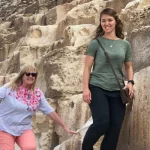Hyksos History and Invasion of Ancient Egypt:
Hyksos Invasion Ancient Egypt: From the 13th Dynasty onwards, Egypt experienced a period of social disorder and disintegration. Many Asian foreigners took advantage of the situation to gradually infiltrate the country of the Nile, where they managed to reach military positions or work in crafts and trade. This fact set the stage for the violent occupation of the country by these Asians, known as the Hyksos, who would rule for two centuries and impose a dynasty.
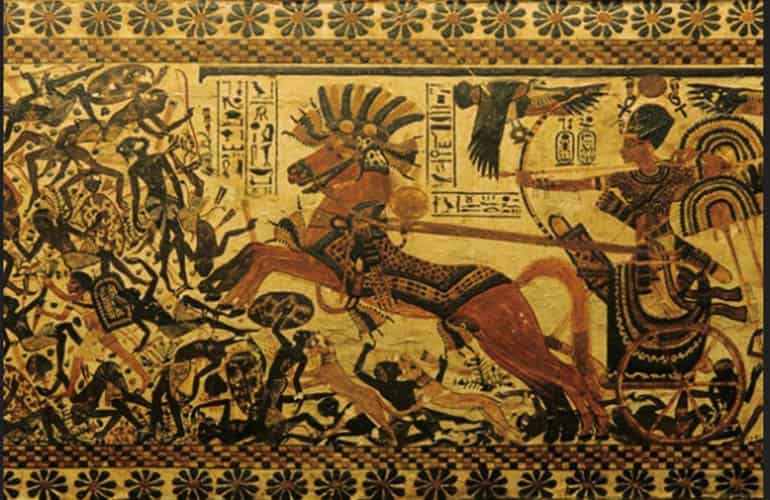
Who are the Hyksos?
The Hyksos were a Semitic people who migrated to the Nile Delta region and invaded Egypt around the 18th century BC, that is, between 1700 and 1900 BC, at a time of internal crisis that allowed them to conquer the government of the country, where they formed a dynasty.
Where did the Hyksos come from?
The first question is where did these “Hyksos” come from and how they got to Egypt. Numerous theories have been developed about their origin, most of which insist that they came from the East and that they were heterogeneous groups from the area of Palestine and the eastern lands near the Nile. may have had a certain Semitic component, and everything seems to indicate that their contacts with Egypt had been taking place for centuries before the period to which we refer. Therefore,
When did the Hyksos invade Egypt?
It is not easy to narrate when and how exactly it happened, but the fact is that at one point, the political weakness of the pharaohs of the thirteenth dynasty to keep unified Egypt led the Hyksos, who had already been progressively settling in different cities of the country, were becoming strong and were gaining power in important enclaves such as Memphis In fact, their rise to power in these cities, around 1675-1650 B.C., is usually taken as the starting point to establish the date of the fall of the 13th Dynasty.
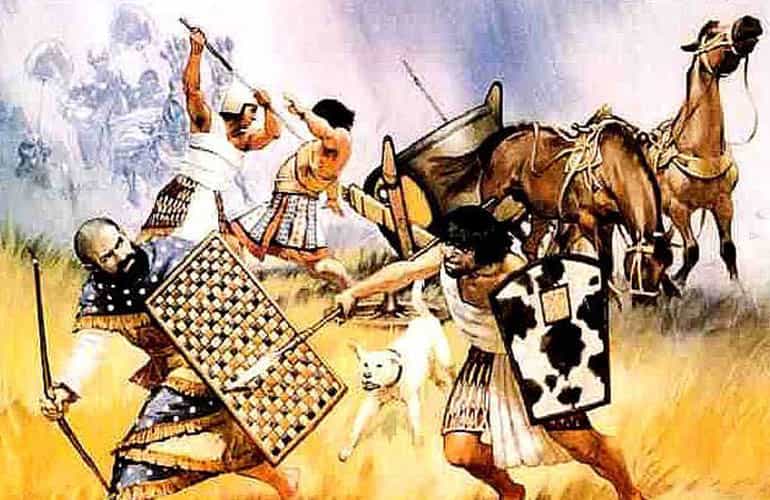
How did Hyksos improve Egypt’s security?
The point is that the image of these monarchs was far from that of the cruel and ruthless beings with whom later historiography portrayed them. On the contrary, the Hyksos adapted quite well to the administrative system and structures of Egypt and maintained a very large staff of Egyptian origin. In addition, they respected the writing system, the artistic models, and the clothing and traditions most characteristic of the Egyptian people. But, above all, they maintained the ritual and protocol of the Pharaonic monarchy, linked to the devotion to the god Ra.
It is true, however, that they brought with them some cultural and material manifestations of their own, such as Asian musical instruments, jewelry, ceramic forms or improvements in bronze metallurgy. Furthermore, they were responsible for introducing innovations in the field of weapons such as the curved sword or the Asian composite bow. But apart from these contributions and peculiarities, and their foreign policy more open to relations with neighboring peoples, the truth is that the history of the Hyksos in Egypt had little to do with what later historians, in an attempt to extol the virtues of the pharaohs of the New Empire.
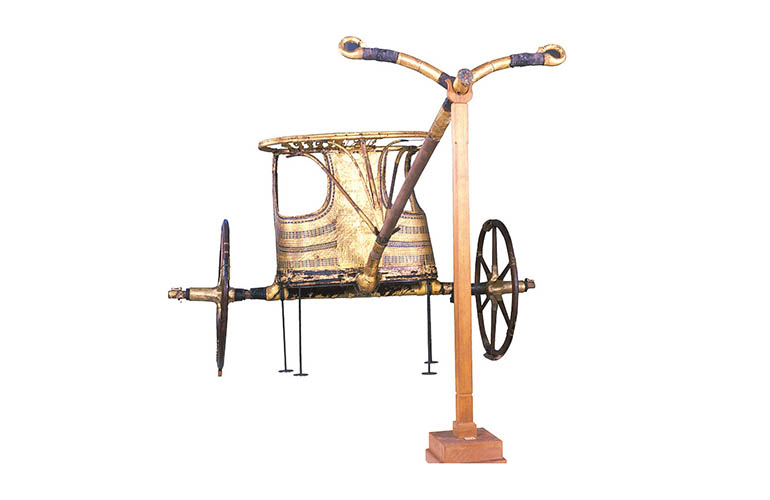
Who kicked the Hyksos out of Egypt?
Ahmose I (1550-1525 B.C.). He was the first king of the XVIIIth Dynasty. Son of Seqenenre Tao II and younger brother of Kamose, his predecessor on the throne. These two died in a fight against the Hyksos. He acceded to the throne at a very young age. His mother Ahhotep I Guardian of the throne a few years. He started a fight against the Hyksos in the 11th year of his reign and conquered Ávaris, the Hyksos capital.
The Hyksos’ domination was annihilated when Ahmose chased his enemies into Palestine and there knocked down the Hyksos’ fort of Sharuhen. After the fall of the fort, he decided to consolidate the borders of Egypt, reconquering Nubia and sealing the Syrian border. He led several military actions against the Cushitic peoples, former allies of the Hyksos. He established control until the second waterfall. After this, there was a time of peace and prosperity for Egypt.
During his reign, start the temples building and reconstruction projects were started in Thebes and Memphis. The limestone quarries in Tura were reopened. In Abydos, he ordered to build two brick cenotaphs, for his grandmother Tetisheri and for himself.
He reorganized the administration of the country and gave back to the governors their responsibilities in the provinces. The opening of Egypt to the Near East favored the continuity in the import of raw materials and in artistic production.
His mummy was found in Deir el-Bahari and suggests that he was about 35 years old when he died. His tomb has not been located.
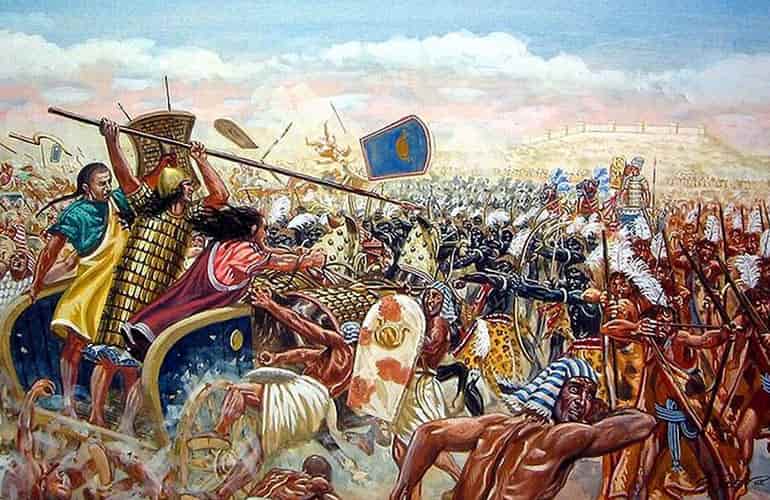
What is the capital of Hyksos in Egyptian history?
Avaris located in the eastern part of the Nile Delta is the site where the capital of the Hyksos sovereigns emerged; archaeological excavations have shown that the city was built on an earlier Egyptian site in the Middle Kingdom. It is a real fortress with walls eight meters thick; after the defeat of the Hyksos, the city was abandoned for some time, to be later recovered by the Ramesses dynasty, already during the New Kingdom.



